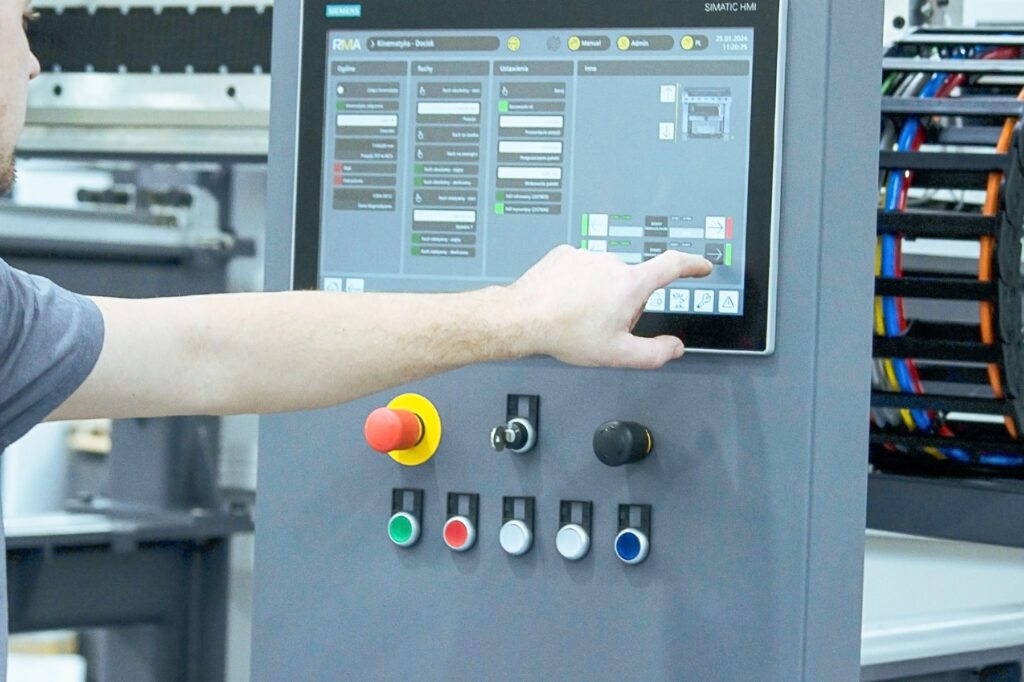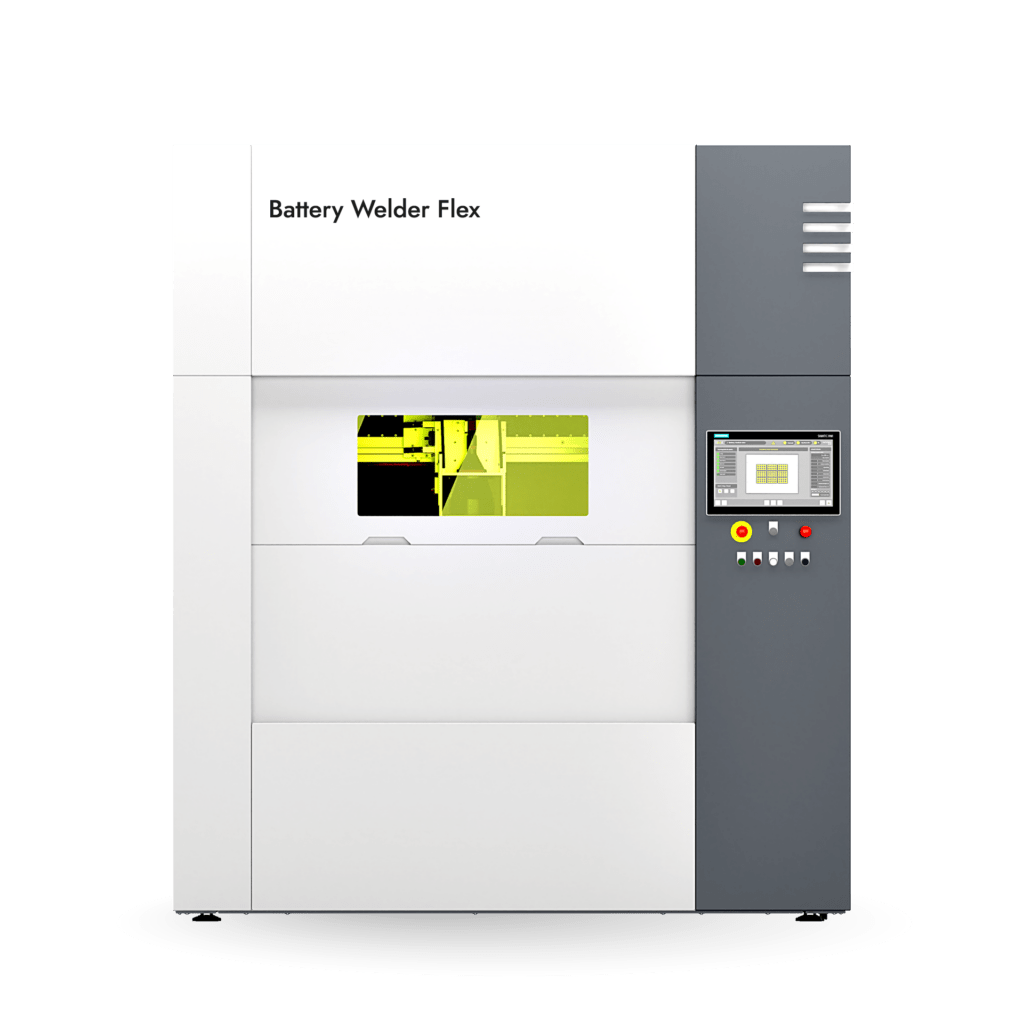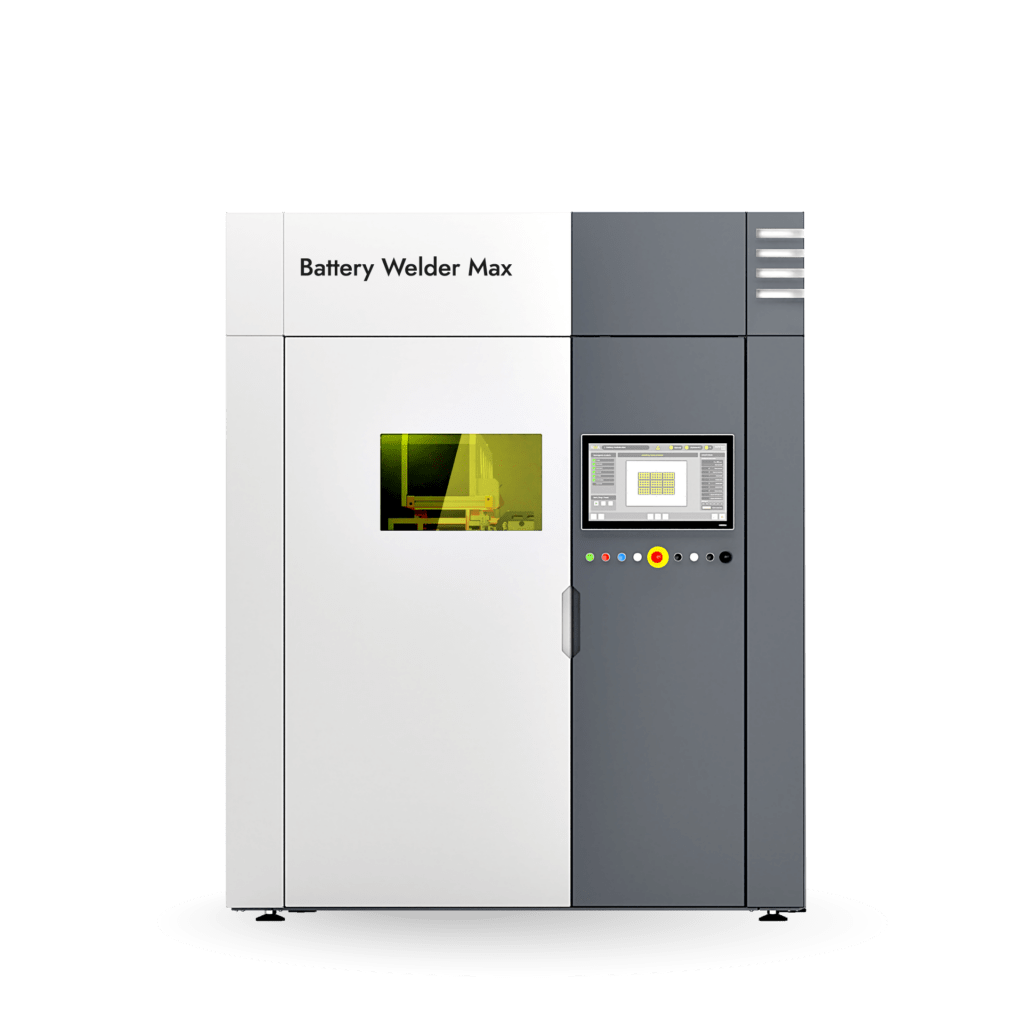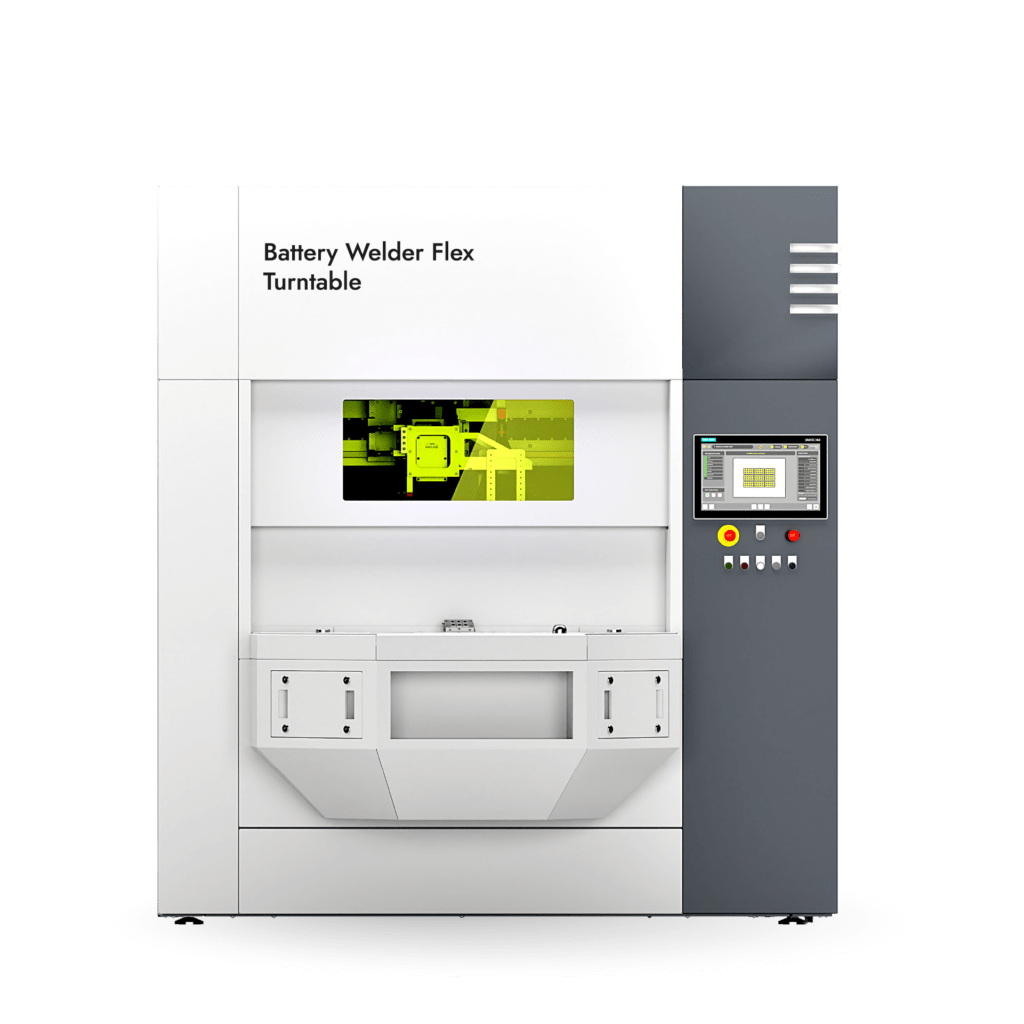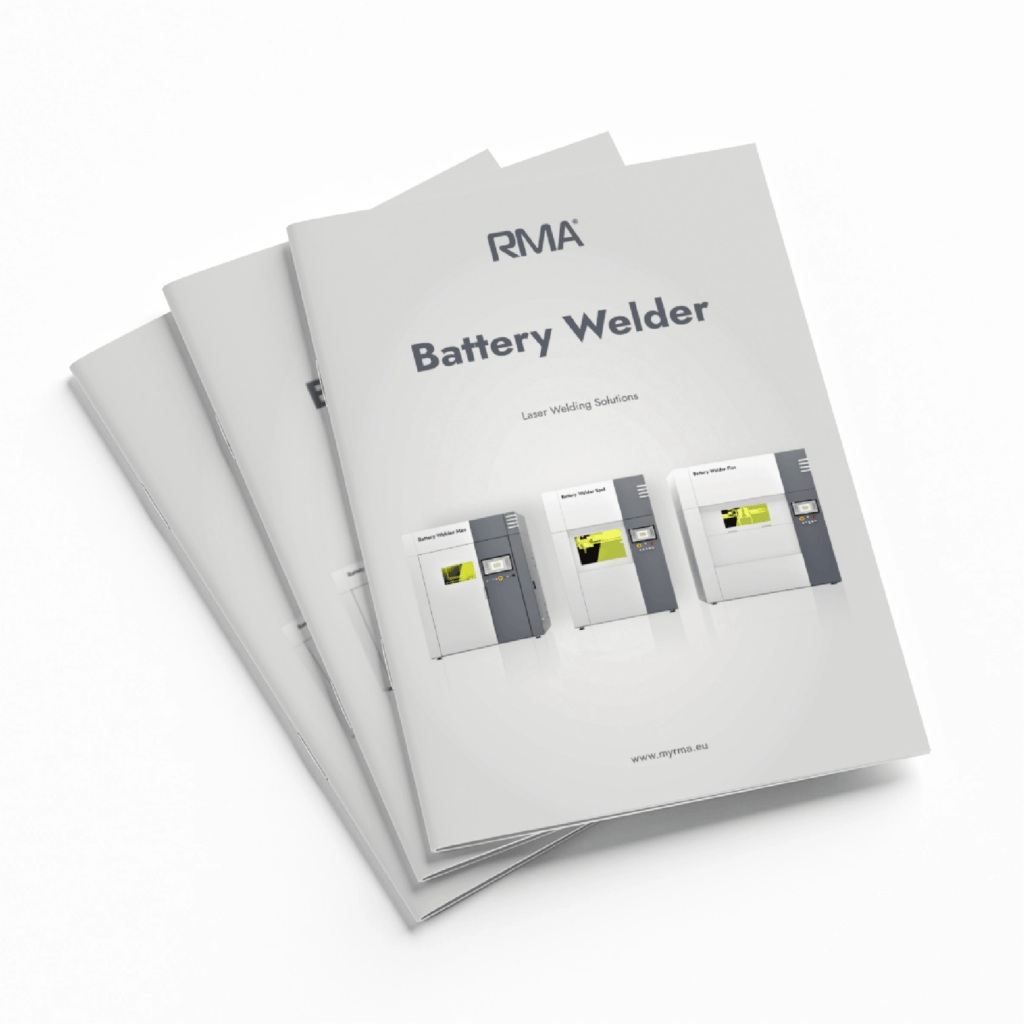Laser Welding: Technology, Applications, and Key Benefits
Laser welding is one of the most advanced welding methods, competing with electron beam welding and other precision techniques. This process offers high efficiency, minimal distortion, and the ability to weld complex shapes in various positions, making it ideal for industrial manufacturing.
What Is Laser Welding?
The laser welding process involves fusing materials by applying a high-power coherent beam to the joint area. This technique allows for strong and precise welds, ensuring superior performance in demanding applications.
How Does Laser Welding Work?
- Creates a weld pool by melting the material.
- Can be performed with or without filler material.
- High power density enables minimal heat-affected zones (HAZ).
- Requires shielding gas to protect the weld from oxidation.
Key Parameters in Laser Welding
Several parameters affect the quality and efficiency of laser welding:
- Laser Power: Measured in kW (continuous wave) or kJ (pulsed mode).
- Welding Speed: Affects penetration depth and heat input.
- Beam Focus: Determines precision and energy distribution.
- Shielding Gas: Helium, Argon, Nitrogen, or CO₂.
Commonly Used Lasers
- Pulsed Lasers (Nd:YAG, fiber laser) – Ideal for fine, detailed work.
- Continuous Wave CO₂ Lasers – Used in high-power industrial applications.
Applications of Laser Welding
Laser welding is widely used across various industries, including:
- Battery Manufacturing – Used for high-speed battery cell welding.
- Automotive Industry – Joining lightweight materials like aluminum and high-strength steel.
- Aerospace – Ensuring precision welds in critical components.
- Medical Devices – Producing small, precise, and biocompatible welds.
For customized welding solutions, check out our Custom Laser Projects at RMA.
Shielding Gases in Laser Welding
The choice of shielding gas influences weld quality:
- Helium (He) – Excellent protection but expensive.
- Argon (Ar) – Good protection at a moderate cost.
- Nitrogen (N₂) – Enhances penetration depth.
- Carbon Dioxide (CO₂) – Cost-effective for low-carbon steels.
Benefits of Laser Welding
Laser welding offers several advantages over traditional welding methods:
- High precision and minimal heat distortion.
- Fast processing speeds, improving production efficiency.
- No need for filler materials in many cases.
- Ability to weld challenging materials, including dissimilar metals.
- Easy automation, making it ideal for robotic welding systems.
U.S. Welding Standards and Compliance
When applying laser welding in industrial production, it is essential to comply with established standards:
- American Welding Society (AWS) – Guidelines for laser welding processes.
- ASTM International – Material specifications and testing standards.
- OSHA Welding Safety Regulations – Workplace safety requirements.
Learn More About Laser Welding
For additional insights, check out the Laser Welding Wikipedia page.
Design Your Laser Welding Process with RMA
At RMA, we provide industry-leading laser welding solutions tailored to your specific needs. Whether you’re looking for high-speed battery welding, precision industrial joining, or custom laser systems, we have you covered.
Explore our Battery Laser Welding Solutions or discover our Custom Laser Projects.
Contact Us
For expert consultation and custom laser solutions, contact us:
Li10 LLC
Email: sales@myrma.eu
Phone: +1 (864) 416 1071
Address: 55B Concourse Way, Greer, SC 29650, USA

